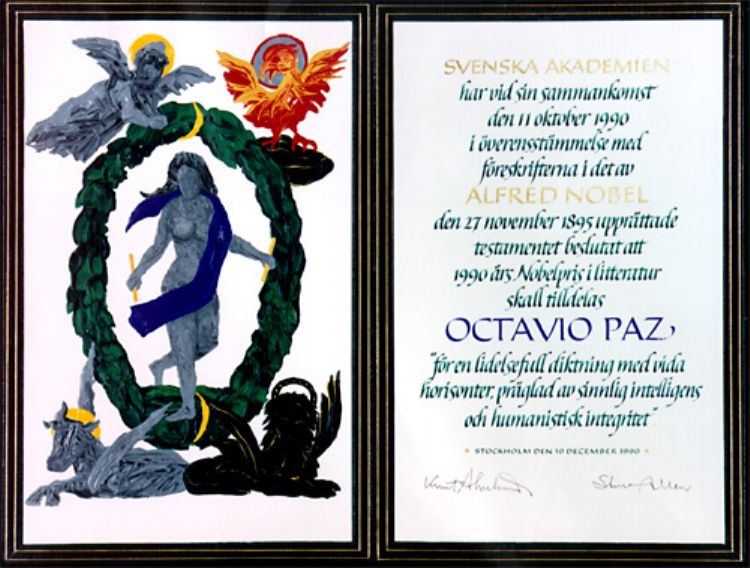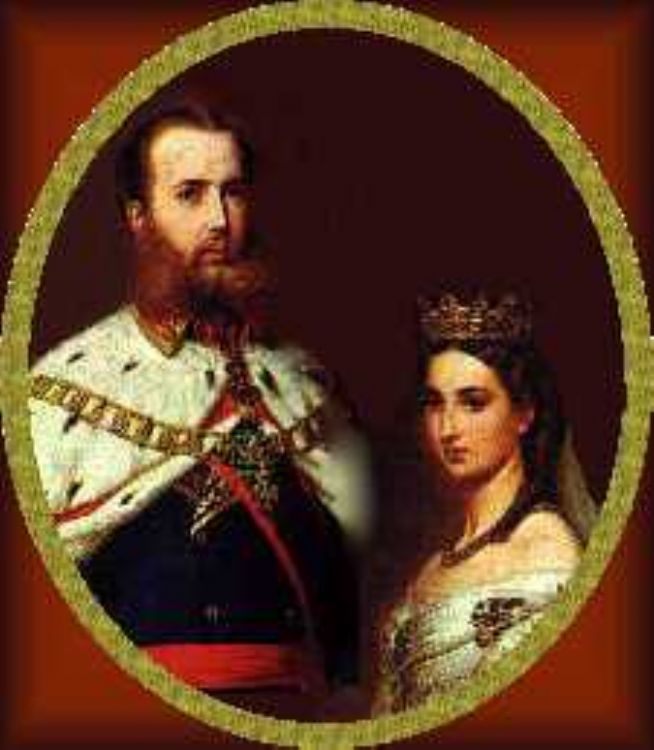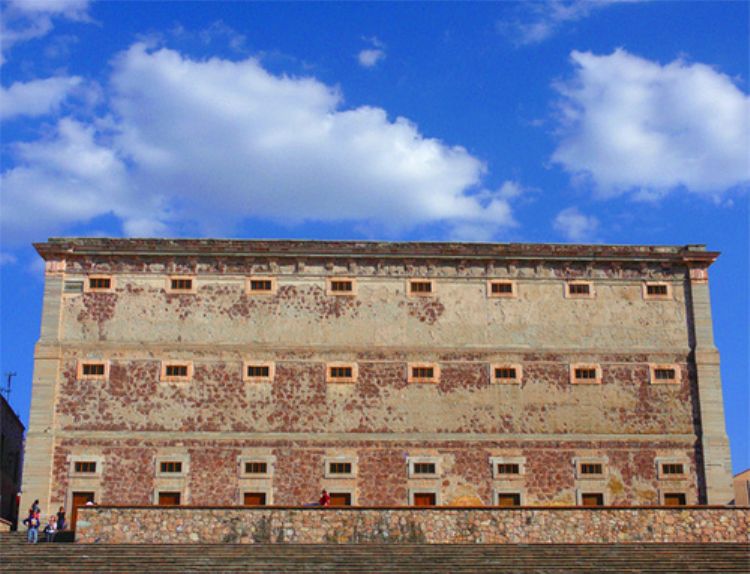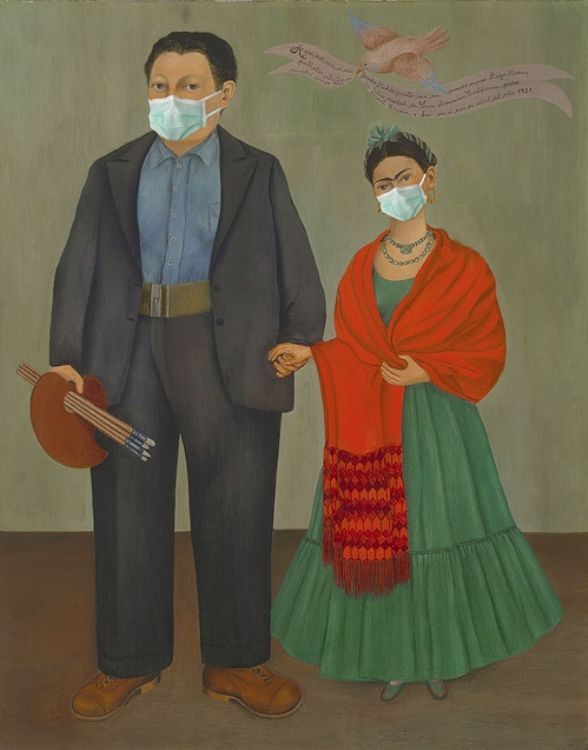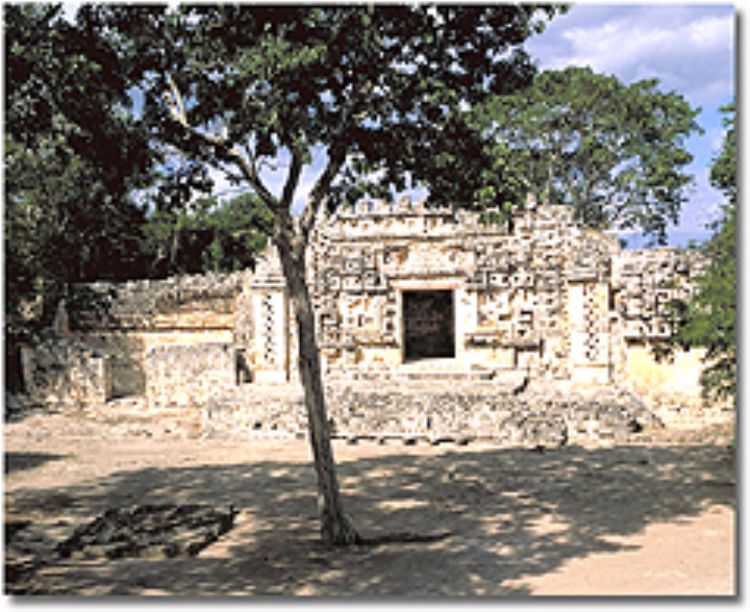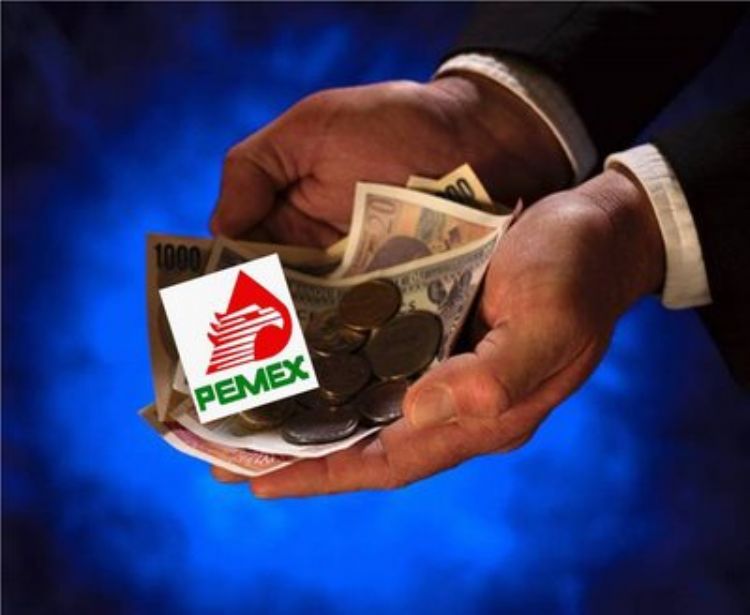Antiguo Colegio de San Ildefonso Museum
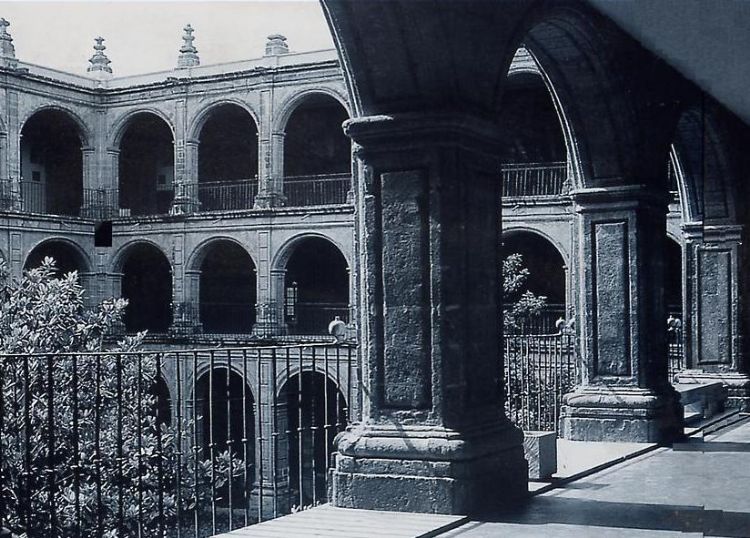
It is located on Justo Sierra #16, in Mexico Cityâs Historic Center. It opens its doors from Tuesday to Sunday from 10:00 to 18:00. There are memberships available for the general public, students and teachers. It offers free guided visits; lead by volunteers, for exhibits and also for touring the building. Also, a specialist can be hired for an exclusive individual or collective visit.
The visits most often requested are for schools, reserving previously determined schedules and spaces. It offers audiovisual material, guided visits and workshops that complement the exhibitâs topic. It has two other services: restaurant and cafeteria. El Cardenal restaurant is open from Monday to Friday from 08:00 to 18:00 and Saturdays from 13:00 to 18:00.
The Antiguo Colegio Real de San Ildefonso began to be constructed in 1712, concluding the building in 1740. It was produced by the artists of New Spain and the mix of European and Indigenous cultures. It always hosted education institutions, and in 1867 became the Escuela Nacional Preparatoria.
The schoolâs construction started with the Colegio Chico, now hosting UNAMâs film library. The rest of the structure consists of two cloisters: Colegio de Pasantes and Colegio Grande, each with its own patio. The predominating style in this construction is baroque.
The Colegio, after the Jesuits were expelled from New Spain, had various uses: Flanders Regiment Barracks, Jurisprudence School Headquarters, Headquarters to the Medicine Schoolâs Chair and barracks for North American and French invaders during the intervention.
From 1902 to 1910 the Amphitheater Simon Bolivar was added and in 1931 one building was assigned to UNAMâs rectory. During this whole time it has been an important venue of Universidad Nacional. Since its construction it was a topic in the creation of many important visual artists, as well as of currents and ideologies expressed on its walls.
Upon their arrival in 1572, the Jesuit order was responsible of converting New Spain, specially the areas that because of the distance and difficulty had not been reached by other religious orders. It is important to mention that education had the orders as their fundamental pillar that, besides the mission of conversion, used to teach reading and writing to indigenous people and later in schools instructed on job training and higher education.
Towards the end of the 16th century, the Colegio Real de San Ildefonso was created, with the goal of hosting the students from Colegio Máximo de San Pedro y San Pablo, inaugurated in 1588. It was originally named Real y Más Antiguo Colegio de San Ildefonso, and later with Iturbide and Maximiliano it was called Imperial, later National in the 19th century.
In 1867 it was again assigned to education through a decree by Benito Juarez, as the venue of Escuela Nacional Preparatoria. It was directed by Dr. Gabino Barreda. Through time it was home to Mexican positivism, with the motto âLove, order and progressâ.
In 1978 it was left vacant and stopped hosting the ENP. In 1992 it went through an exhaustive remodeling. The National Council for Culture and Arts and Mexico Cityâs government formed an administration group that is still functioning.
The goal of Antiguo Colegio de San Ildefonso was educational-cultural from the beginning. Today it is in charge, together with the Universidad Nacional, of promoting the work of national and international artists, artistic cultures and trends of any era that can be exhibited in its space. The outstanding exhibits of the last years have been: Mexico, Esplendores de Treinta Siglos (Splendors of Thirty Centuries), Tesoros Artísticos del Vaticano (Artistic Treasures of the Vatican) and Dioses del México Antiguo (Gods of Ancient Mexico), among others.
The Museum is in search of linking art and culture with the general public, students, educational institutions, private institutions and the State, as well as joining all sorts of cultures and times.
The main halls are divided as follows:
1. âEl Generalitoâ hall
2. The former chapel.
3. The large patio.
4. The practitioners patio
5. The small patio
6. Simon Bolivar Amphitheater
7. Two annexes (of the rectory)
The Museum of Antiguo Colegio de San Idelfonso permanently exhibits the frescos of authors such as Diego Rivera and extraordinary murals by Siqueiros, among many others. It is important to mention it has three levels, in which the first is destined to services, thus, the first floor hosts: reception, ticket office, general offices and access to the museum, with âEl Generalitoâ Main Hall, which houses permanent collections of paintings by national authors. Exhibited on the second floor are temporary works, besides containing works by representative painters of Mexican landscapes. On the third floor is also part of the temporary exhibits, depending on the eventâs magnitude.
The murals of Colegio are distributed as follows:
1) Maternidad
2) Destrucción del Viejo Orden
3) La Trinchera
4) La huelga
5) La Trinidad Revolucionaria
6) El Banquete de los Ricos
7) Los ricos
8) La Alcancía
9) La Basura
10) Las asechanzas
11) La libertad
12) Jehová entre los ricos y los pobres
13) La Ley y la Justicia
14) Revolucionarios
15) La familia
16) La despedida
17) Trabajadores
18) La Bendición
19) El Sepulturero
20) Mujeres
21) G. Alegoría a la Virgen de Guadalupe by Ramón Alva de la Canal and Fermín Revueltas
22) H. Desembarco de la Cruz: by Alva de la Canal and Revueltas.
The predominating authors representative of Mexican muralism are:
- José Clemente Orozco,
- Diego Rivera
- Fernando Leal
- David Alfaro Siqueiros
- Ramón Alva de la Canal
- Fermín Revueltas.
The importance of these murals is that they express the socialist ideals that not only characterized the Mexican revolution, but also of the workers movements that emerged from the trend worldwide. Each of this murals offer the world view during the first half of the 20th century, when Mexico was being reconstructed after the Revolution and the ideal of land, freedom and social struggle was the artistsâ ensign.
It should be remembered that many of these men also belonged to very important workers movements and they were offered the opportunity to paint their ideas on public buildings, because many believed Mexico could reach the dream of freedom through social movement. Seen on these murals are the values of nationalism, land, work, family and even religion.
They searched for society to develop through education, hence the emphasis on institutions such as Escuela Nacional Preparatoria. Mexico needed people with their own ideologies, produced by a historic reality that couldnât be inherited by any others, but had to be interpreted with their own ideological resources. These artists attempted to offer a social conscience through their work and a new way to reconstruct the country, we must remember that the Revolution was still very recent and had to start a path of peace but also of justice.
Vasconcelos was in charge of the Ministry of Education and was an advocate of art as a means for education, thus he always gathered the muralists, who believed in the social project of education.
Artículo Producido por el Equipo Editorial Explorando México.
Copyright Explorando México, Todos los Derechos Reservados.
Fotografía tomada filmoteca.unam.mx

